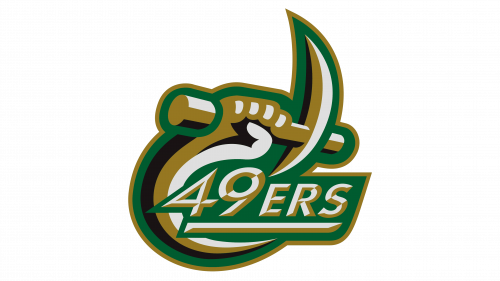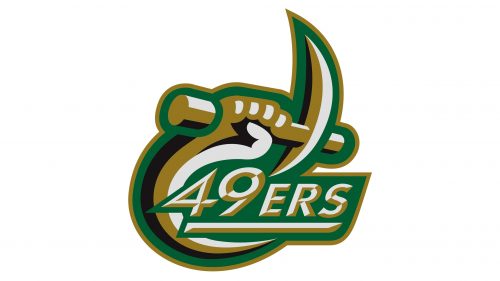Charlotte 49ers is the name of an athletic program from the University of North Carolina at Charlotte, which was established in 1946. The University is also known as simply Charlotte. The Charlotte athletic program is composed of 18 men’s and women’s teams, which play in Division I of the National Collegiate Athletic Association, and its Football Subdivision.
Meaning and history
Apart from playing in the first division of the NCAA, Charlotte 49ers teams are also members of the Conference USA, an intercollegiate athletic organization, which was established in 1995, and affiliated with Division I of the NCAA. The conference consists of 14 college-members, and has 20 various sports fielded. The Charlotte 49ers football club plays in Division I of FSC. Before joining the Conference USA, the athletic program of Charlotte University was a part of the Atlantic 10 Conference.
What are Charlotte 49ers?
Charlotte 49ers are the collegiate athletic program of the University of North Carolina at Charlotte, which consists of nine men’s and nine women’s teams, competing in various sports disciplines, including indoor and outdoor Track and Field, Basketball, Baseball, Cross Country, and others.
In terms of visual identity, Charlotte 49ers is one of the most consistent and loyal collegiate athletic programs in the USA, as they still use the logo, designed for its teams at the beginning of the 1920s. No experiments, no color alternations, and no font shift. The badge is kept completely untouched, and it shows the values of the 49ers, and their ability to stay loyal to its roots and background.
1968 – 1979
The logo, depicting a contoured image of the program’s mascot, Norm the Niner, who is a miner, was introduced in 1968 and stayed unchanged for longer than ten years. It was a simple black-and-white drawing with a bearded man figure overlapped by an extra-large “49” in white contoured digits. The solid black “Ers” in small caps followed the number.
1979 – 2000
The redesign of 1979 added colors and refined the contours of the Charlotte 49ers’ visual identity. Norm gained a relatively healthy skin shade and a light brown head, the pipe in his mouth appeared to be wooden, and the digits, which moved to the bottom of the composition, replacing the body of the miner, got painted in forest-green. This logo stayed with the 49ers for twenty years.
2000 – 2006
Another version of the Charlotte 49ers visual identity was introduced in 2000 and featured a completely new concept, while the idea of the color scheme was kept. It was just a stylized mining axe in a hand that was left from Norm the Niner now. The image was inscribed into a sleek green banner, with the hand replacing the capital “C” in the “Charlotte” written in sleek white and gold characters of a modern sans-serif typeface.
2006 – 2020
The Charlotte 49ers logo, created in 2006, is based on the image of Norm the Niner mascot, which is also a great representation of the miner specialization of the region the university is located in.
The badge; executed in a green and gold color palette with thick and smooth white accents all over, is composed of a graphical emblem placed above the stylized “49ers” inscription in a bold italicized sans-serif typeface with full-sized and even slightly extended contours of the letters. The logotype is set in white and gold, and underlined by a thick bar, horizontally divided into white and gold halves too.
As for the graphical part of the logo, it is a miner’s hand with a line arched pick in his hand. The tool with its ends curved and sharpened represents the gold-mining history and legacy of North Carolina. If the blade part of the pick makes up an upper part of the circular frame, the miner’s hand with its line curved to the center, created the second half of the circle, framing the logo from the bottom left part.
2020 – Today
The redesign of 2020 has created somewhat completely different for the Charlotte 49ers. Now it is a super minimalistic emblem with a stylized solid dark-green “C” with its negative space contoured as a miner axe, drawn in clean distinctive contours. No additional lettering, no bright accents, just stability, strength, and a very recognizable style.














